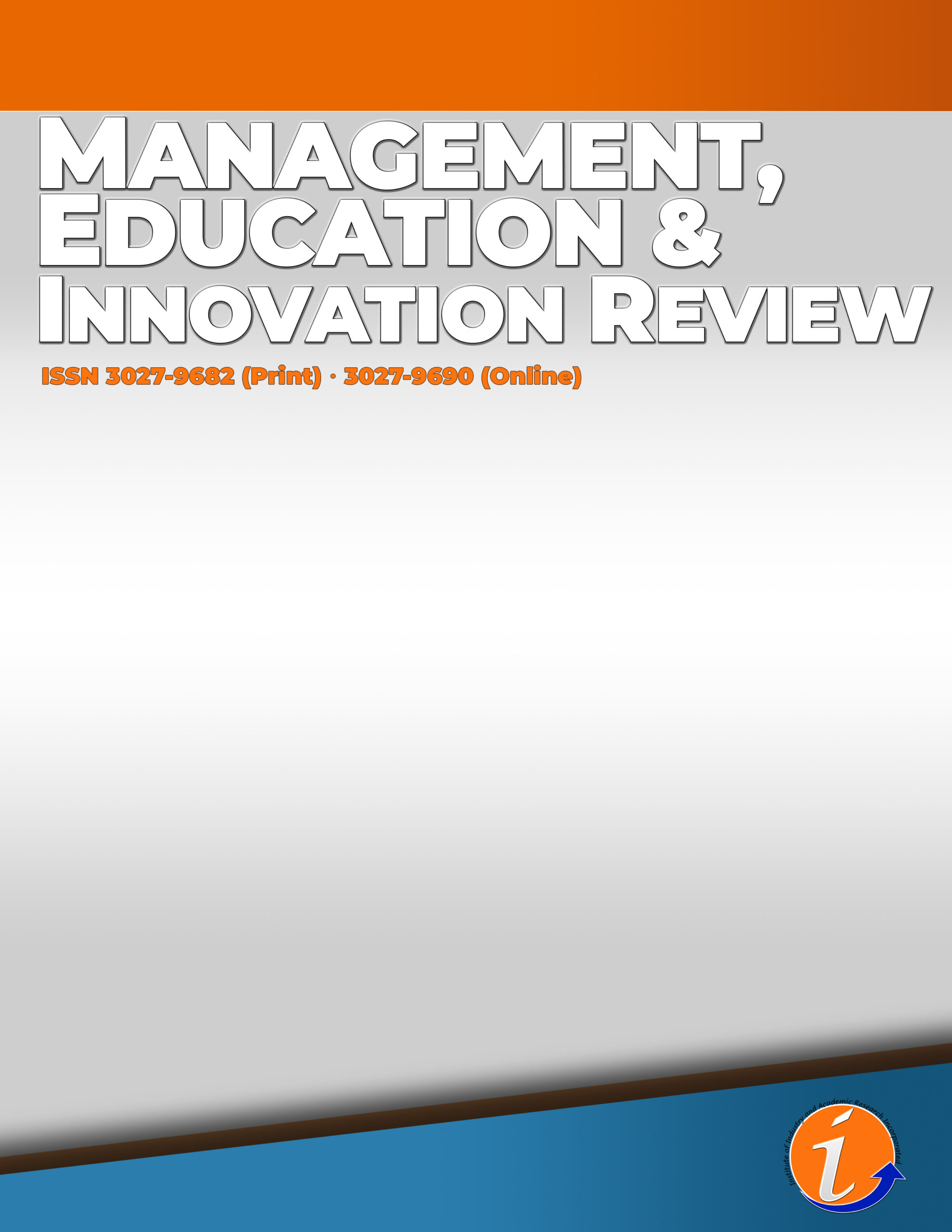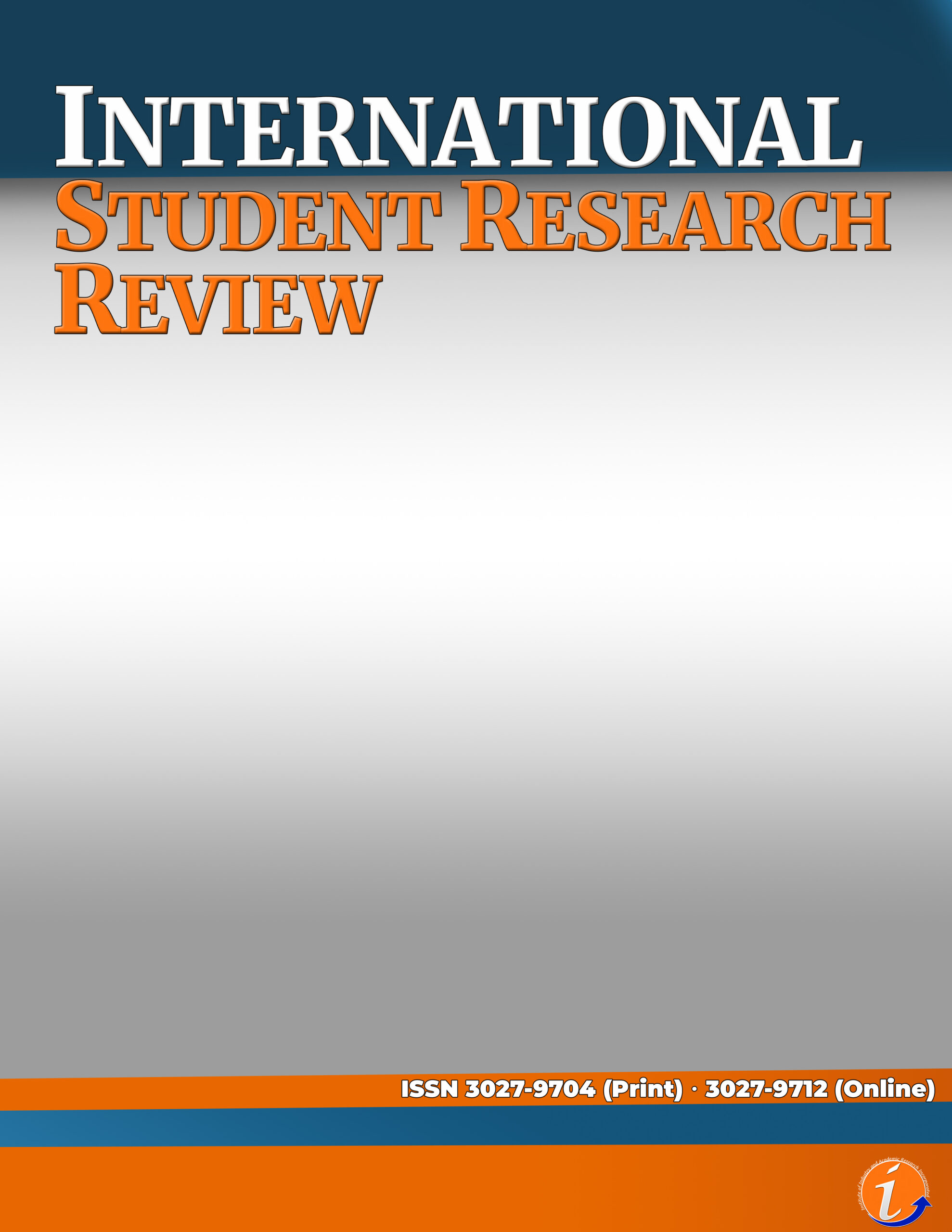Philippines is considered one of the fastest developing economies because of the growing service sector. This growth brought a significant change in the economic structure of the country which previously relied on the agricultural sector. This paper conducted a study about the significant impact of structural change on labor productivity growth and employment. The paper localized the decomposition analysis used in literatures to extract the share of “within” sector and “structural change” to total changes in labor productivity in the Philippines from 2004-2018, and Applied Pooled Least Square, to obtain the impact of structural change to labor productivity growth and employment. Based on Durbin-Watson test results, both Panel Regression Equation and Seemingly Unrelated Equation were utilized because there is no contemporaneous autocorrelation found in Pooled Least Square. Using Breusch-Pagan LM Test, Panel Regression is deemed more appropriate than Seemingly Unrelated Regression. Furthermore, the decomposition analysis showed that higher share of service sector in employment makes the contribution of “structural change” lesser to labor productivity growth due to labor market that becomes less flexible as service sector dominates the labor market because of higher skillsets needed by the sector. The regression analysis showed that structural change is a significant determinant of employment and labor productivity; structural change has a positive relationship to labor productivity due to the transfer of labor to high-productivity sector; and structural change has a negative relationship to employment because the employment brought by the structural change cannot be absorbed by the labor force because of skills mismatch.
Structural Change, Labor Productivity Growth, Employment, Seemingly Unrelated Regression Equation Model, Panel Regression
This paper is presented in 3rd International Conference on Multidisciplinary Industry and Academic Research (ICMIAR)
Cite this article:
License:
![]()
This work is licensed under a Creative Commons Attribution (CC BY 4.0) International License.













